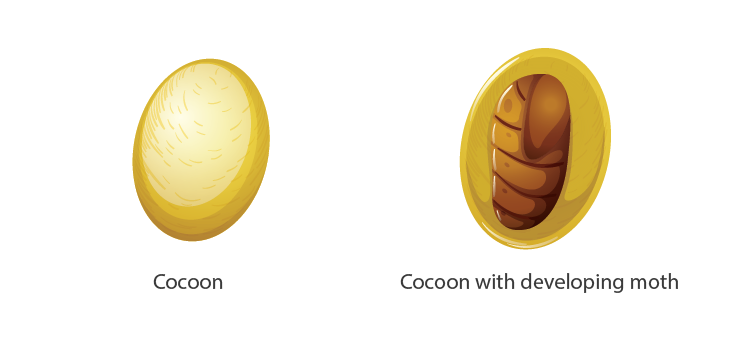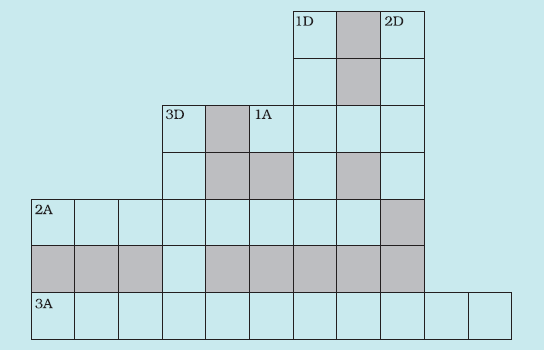Need help? We're here to assist you!
Thank You for Enquiry, we will contact you soon!
Close
The Class 7 is an important year in a student’s life and Science is one of the subjects that require dedication, hard work, and practice. It’s a subject where you can score well if you are well-versed with the concepts, remember the important formulas and solving methods, and have done an ample amount of practice. Worry not! Home Revise is here to make your Class 7 journey even easier. It’s essential for students to have the right study material and notes to prepare for their board examinations, and through Home Revise, you can cover all the fundamental topics in the subject and the complete NCERT Class 7 Science Book syllabus.

Exercise Questions
1. You must be familiar with the following nursery rhymes:
(i) ‘Baa, baa, black sheep, have you any wool.’
(ii) ‘Mary had a little lamb, whose fleece was white as snow.’
Answer the following.
(a) Which parts of the black sheep have wool?
(b) What is meant by the white fleece of the lamb?
Solution:
a) Wool is obtained from the hairy fibres of the sheep.
b) White fleece of the lamb refers to the white colour of their fur.
2. The silkworm is (a) a caterpillar, (b) a larva.
Choose the correct option.
(i) a (ii) b (iii) both a and b (iv) neither a nor b.
Solution:
(iii) both a and b
3. Which of the following does not yield wool?
(i) Yak (ii) Camel (iii) Goat (iv) Woolly dog
Solution:
The answer is (iv) Woolly dog
4. What is meant by the following terms? (i) Rearing (ii) Shearing (iii) Sericulture
Solution:
i) Raising of domestic animals like sheep, goats, yak, cows and buffaloes for commercial purposes, such as for milk and fur is known as rearing.
ii) Shearing is a process of removal of animal hair by using machines similar to those used by barbers.
ii) Rearing of silkworms to get silk is known as Sericulture.
5. Given below is a sequence of steps in the processing of wool. Which are the missing steps? Add them.
Shearing, __________, sorting, __________, __________, _________.
Solution:
Shearing, Scouring , sorting, picking of burrs, dying of fibres, making of yarn .
6. Make sketches of the two stages in the life history of the silk moth which are directly related to the production of silk.
Solution:

7. Out of the following, which are the two terms related to silk production?
Sericulture, floriculture, moriculture, apiculture and silviculture.
Hints: (i) Silk production involves the cultivation of mulberry leaves and rearing silkworms. (ii) Scientific name of mulberry is Morus alba.
Solution:
Sericulture and moriculture
8. Match the words of Column I with those given in Column II.
| Column-I | Column-I |
| 1. Scouring | (a) Yields silk fibres |
| 2. Mulberry leaves | (b) Wool-yielding animal |
| 3. Yak | (c) Food of silkworm |
| 4. Cocoon | (d) Reeling |
| (e) Cleaning sheared skin |
Solution:
| Column-I | Column-I |
| 1. Scouring | (e) Cleaning sheared skin |
| 2. Mulberry leaves | (c) Food of silkworm |
| 3. Yak | (b) Wool-yielding animal |
| 4. Cocoon | (a) Yields silk fibres |
9. Given below is a crossword puzzle based on this lesson. Use hints to fill in the blank spaces with letters that complete the words.
Down
(D) 1: Thorough washing
2: Animal fibre
3: Animal fibre
Across
(A) 1: Keeps warm
2: Its leaves are eaten by silkworms
3: Hatches from the egg of a moth

Solution:
Down:
1D. Scour
2D. Silk
3D. Fibre
Across
1A. Wool
2A. Mulberry
3A. Caterpillar

Students can utilise the NCERT Solutions for Class 7 for quick references to comprehend simple or complex topics of Class 7 Science with ease.